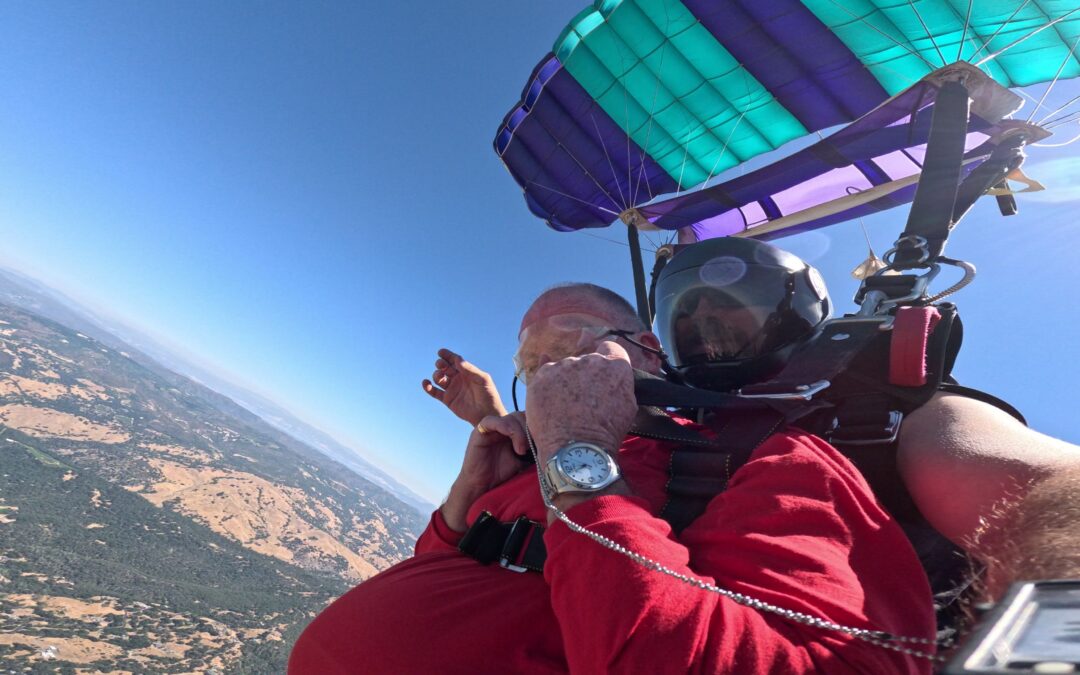Think about this: you’re strapped in, goggles on, and the plane’s door swings open. That first glance out into the sky is wild. You see everything from way up high, and suddenly, it hits you— you’re actually about to do this. Jumping out of a plane for the first time ever. It’s a mash-up of “Am I really doing this?” and “This is the coolest thing ever!”
For starters, let’s get real about what’s going through your mind. There’s excitement, big time. It’s like the ultimate thrill ride, but without the tracks. Then, there’s the nervous bit. It’s okay to admit it. Everyone’s a bit jittery thinking about that first step into nothing. It’s part of the experience, the big leap, literally.
So why do people keep lining up for this? The feeling of flying, free-falling, and then floating under the parachute. It’s unmatched. It’s freeing. And it’s something you can’t get anywhere else. That first jump is all about diving into the unknown and loving every second of it.
But then, there’s the question of the second jump. You’ve already taken the plunge once. You know the drill. So, does the second time around hold up?
The Unmatched First Time
When you skydive for the first time, there’s nothing else like it. You’re at the door, heart pounding like a drum solo. The cool air hits your face, and then—with a gentle nudge or a bold step, depending on your style—you’re in free fall. The world rushes up to meet you, and for a moment, you’re utterly and completely alive.
This isn’t just another item on the bucket list. Everything from the roar of the engine to the quiet of the chute opening contributes to the experience, making it something that sticks with you forever.
Learning Curve and Increased Awareness
Jumping out of a plane a second time, you’re not the same person who made that initial leap. The nerves are still there, but it’s different now. You’ve done this before. You know the drill, but more importantly, you know yourself a bit better in this high-flying context.
This time around, there’s a shift in focus. First-timers are often overwhelmed by the rush, the speed, and the pure adrenaline of the fall. The second jump? You’re more in the moment. You may notice the way the plane feels on takeoff, how the sky seems just a bit bluer, and how the ground stretches out underneath you.
The learning curve from your first jump makes the second one richer. You’re more aware—of the process, the safety checks, the way your body feels as you free-fall and then glide under the parachute. This awareness allows you to appreciate the experience on a deeper level, to really savor each sensation and view.
Preparation and experience from the first jump pay off in unexpected ways. Maybe you’re more relaxed, which makes the free-fall feel even more exhilarating. Perhaps you take the time to look around, to really see the world from this unique vantage point. Or you might find a sense of confidence in the air, a feeling that you’re exactly where you’re supposed to be.
This enhanced awareness also extends to the technical aspects of skydiving. You understand the gear better, know what to expect from the jump, and maybe even start thinking about what it would be like to jump solo. Each piece of knowledge adds layers to the experience, making the second jump not just a repeat.
Overcoming the Mental Barrier
The second skydive is more than seeking another adrenaline rush. With the initial shock of the first jump behind you, the second jump allows for a deeper reflection on what it means to fly freely through the sky. It’s no longer about just doing it; it’s about embracing it, enjoying it, and learning from it.
The mental game changes. You might find yourself battling the same nerves, but this time, there’s an underlying confidence. You’ve done this before. You know you can do it again. This shift in mindset transforms the jump from a battle against fear to a celebration of courage and determination.
The Community Aspect
One of the best parts about skydiving doesn’t just happen in the sky; it’s on the ground, within the community. After your first jump, you might start to notice the camaraderie and the shared excitement that binds skydivers together. This sense of belonging can make subsequent jumps even more meaningful.
Experienced skydivers and instructors often speak about the joy that comes from sharing the sky with others. Whether it’s your second jump or your hundredth, being part of a group that knows the thrill, the fear, and the triumph of skydiving adds a whole new layer to the experience. You’re not just jumping; you’re sharing stories, tips, and sometimes even overcoming personal barriers together.
This community support can transform the second jump from a personal challenge into a shared adventure. You’ll find that the encouragement and understanding from those who’ve been through it all before can ease any lingering nerves and amplify the excitement. Plus, there’s always something new to learn, whether it’s a technical skill or a different way to appreciate the free-fall.
Skydiving is more than a one-time thrill; it’s a journey of skill improvement and personal growth. With each jump, from the second onwards, skydivers embark on a quest for mastery, learning more about the sport and themselves. This process turns every skydive into a step in a larger adventure of self-discovery and development.
Conclusion: Every Jump is a New Experience
While the first jump has its unique novelty, subsequent dives bring their own set of joys and challenges. Each skydiving experience is a distinct adventure, offering opportunities for growth and joy. Skydivers are encouraged to savor every moment of their journey, embracing the continuous learning and the community they become a part of. This mindset transforms skydiving from a one-off event into a lifelong pursuit of excellence and enjoyment.

